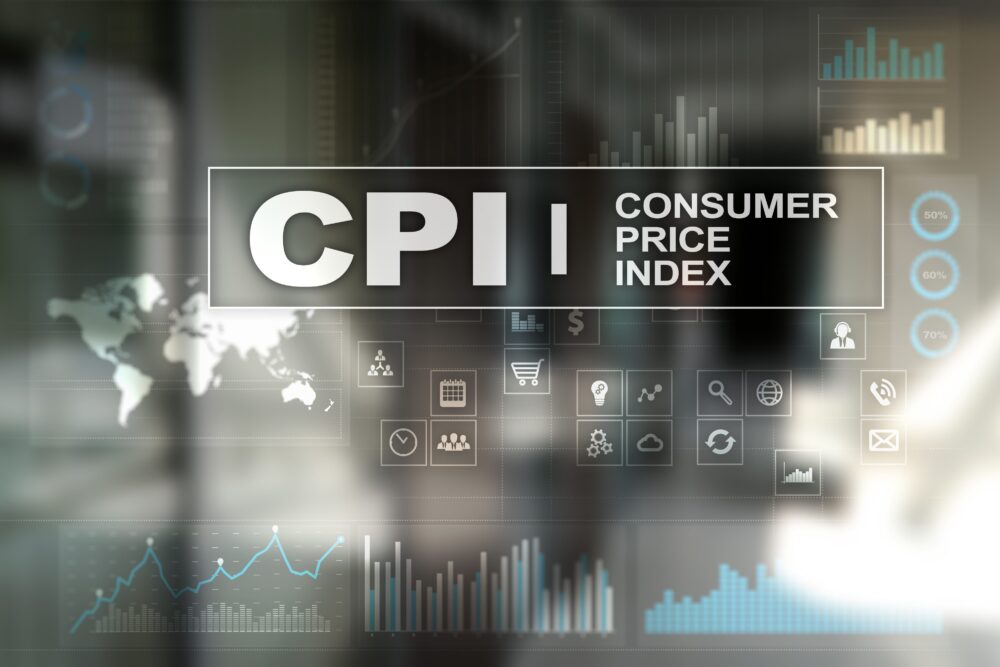The Consumer Price Index (CPI) rose 8.5% in July, a sign that inflation remains elevated but has likely begun to level off, the U.S. Bureau of Labor Statistics reported Wednesday, August 10.
Key Takeaways:
- CPI rose 8.5% in July, down from 9.1% in June. Excluding food and energy prices, core CPI rose 5.9%.
- The energy index declined by 4.6% in July. The gasoline and natural gas indexes fell by 7.7% and 3.6%, respectively.
- The food price index jumped 11% in July.
With a 9.1% CPI in June, last month’s reading of 8.5% is a reprieve for consumers worried that inflation would continue to rise at the same rate. The core price index, which measures inflation without considering food and energy prices, saw a smaller-than-expected increase of just 5.9% annually and 0.3% monthly.
Even with a slight improvement from the previous month, inflationary pressures are back to the 40-year highs last seen in March. July’s decline in CPI is due mainly to a drop in energy prices.
According to the report, energy prices broadly declined by 4.6% as gasoline and natural gas indexes dropped lower. The gasoline index fell 7.7% in July, following an 11.2% increase in June. The index for natural gas declined 3.6%, whereas the electricity index saw a 1.6% increase.
Aneta Markowska, a chief economist at Jefferies Group, believes things are “moving in the right direction” and that July’s CPI data is the most encouraging report economists have received in some time.
Consumers are struggling to handle record-high costs for everything, especially food prices. According to the report, the food index jumped in the past 12 months to 11% in July. This is the fastest pace since May 1979 and the seventh consecutive monthly increase of 0.9% or more.
Individual food item prices jumped significantly; butter increased by 26.4%, egg prices rose 38%, and coffee costs 20% more than 12 months ago.
U.S. workers are getting little help to offset high prices. Workers only saw a 0.5% monthly increase in real wages, while their inflation-adjusted hourly earnings are down 3% from a year ago.
Nancy Davis, founder of Quadratic Capital Management, said the lower CPI in July is likely a relief for the Fed, which incorrectly insisted inflation was transitory. “If we continue to see declining inflation prints, the Federal Reserve may start to slow the pace of monetary tightening,” said Davis.
Markets reacted positively to the report, sending the Dow Jones Industrial Average up more than 1.3%, the NASDAQ up more than 2.4%, and the S&P 500 up more than 1.8%.
The Federal Reserve rate hike expectations after the CPI report are: September has a 2.75%-3% chance of a 50 basis-point hike, November has a 3.25%-3.5% chance of rising 50 basis points, and December has a 3.5%-3.75% chance of being hiked 25 basis points.

